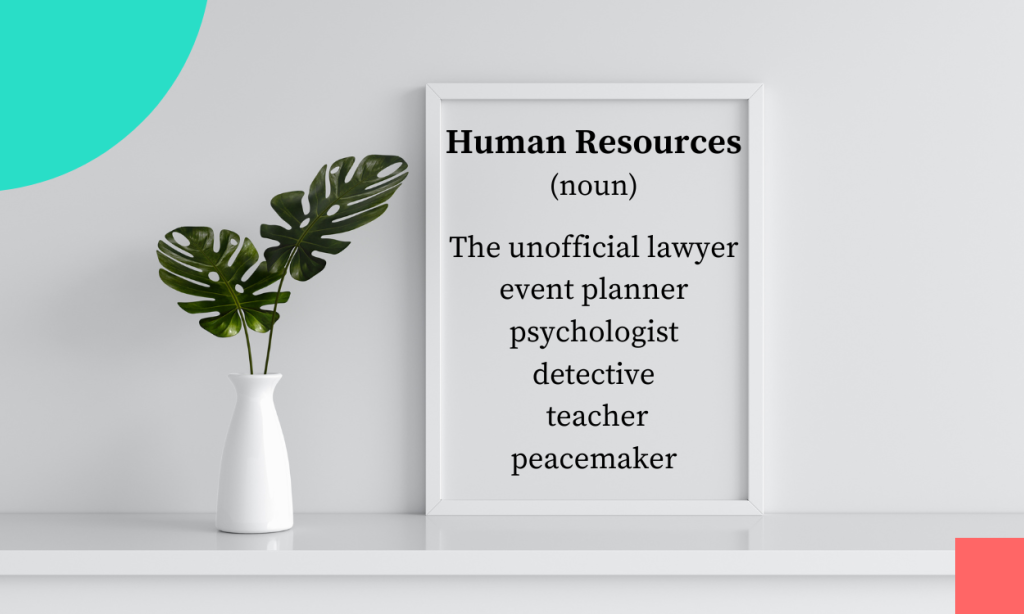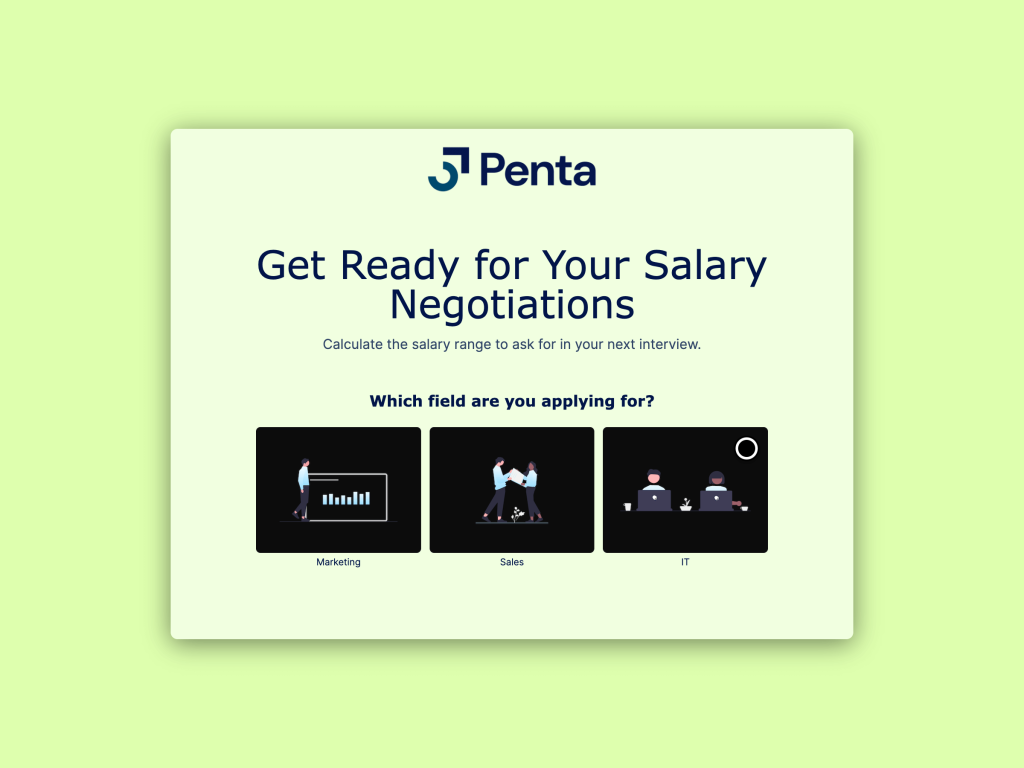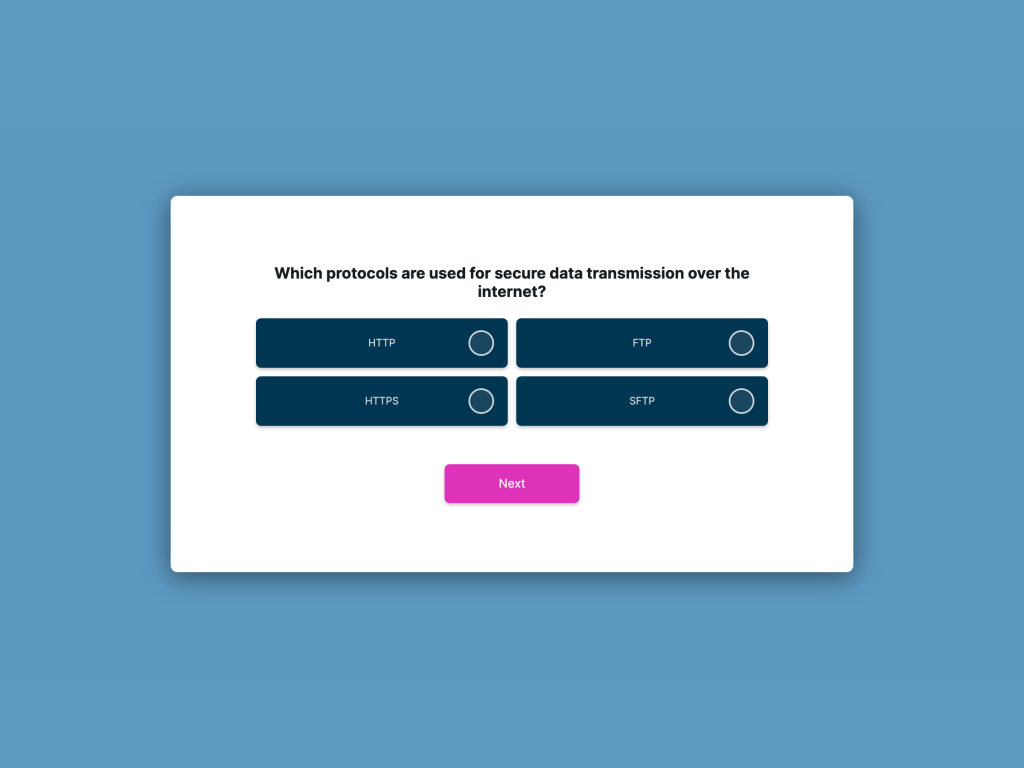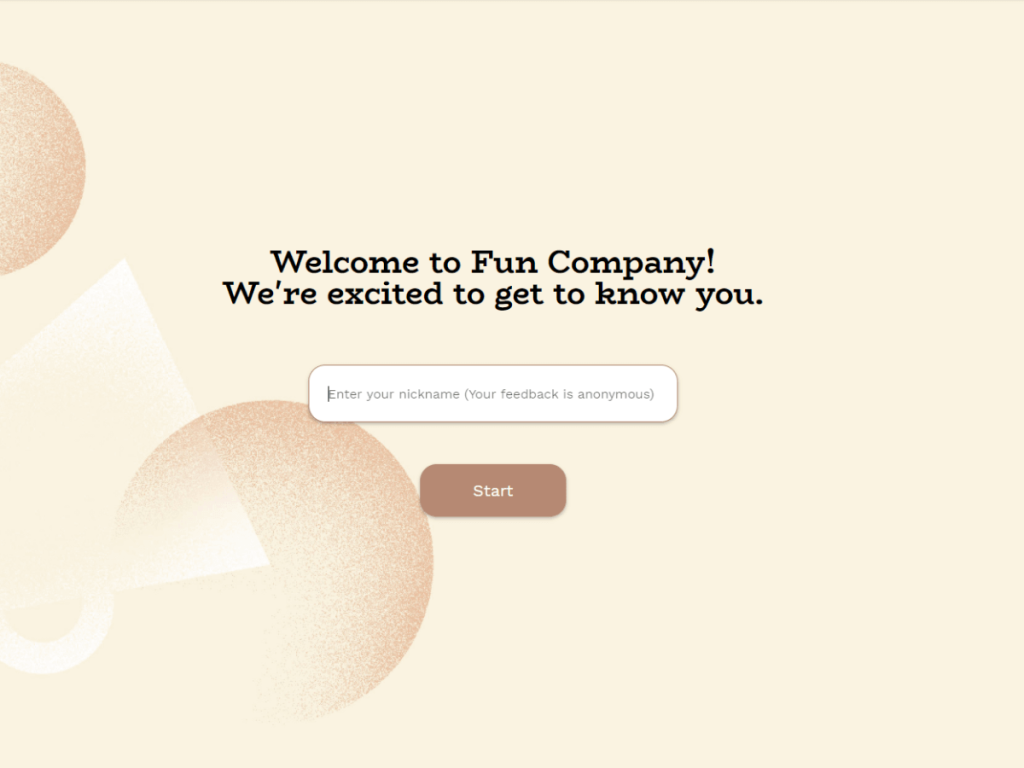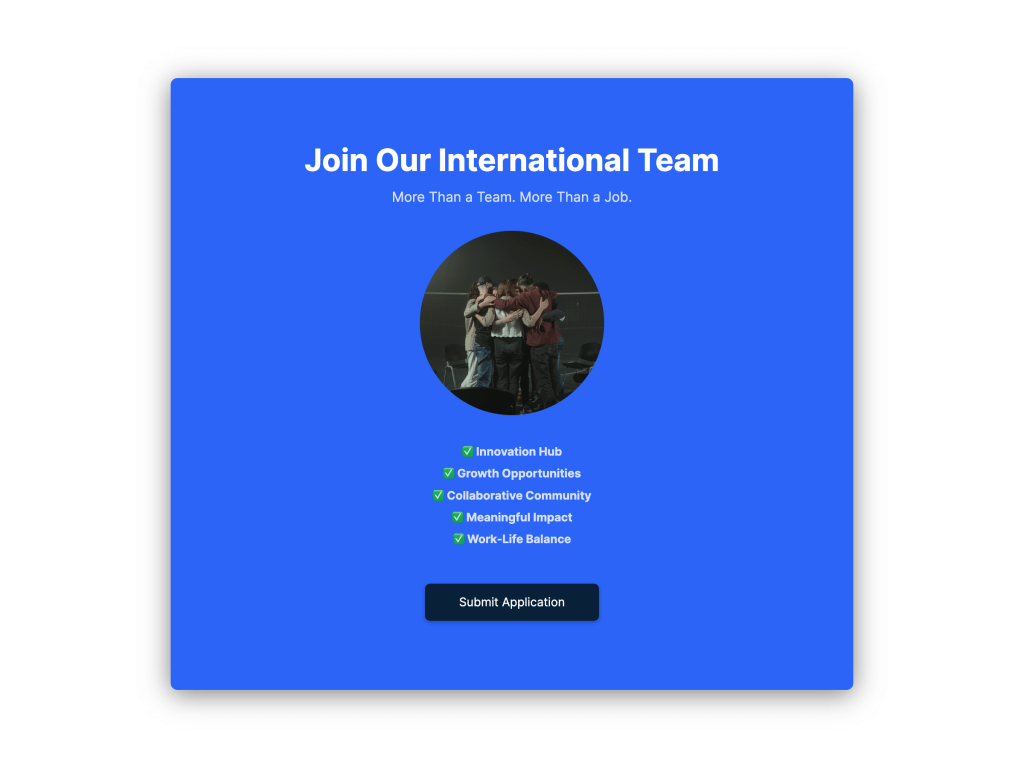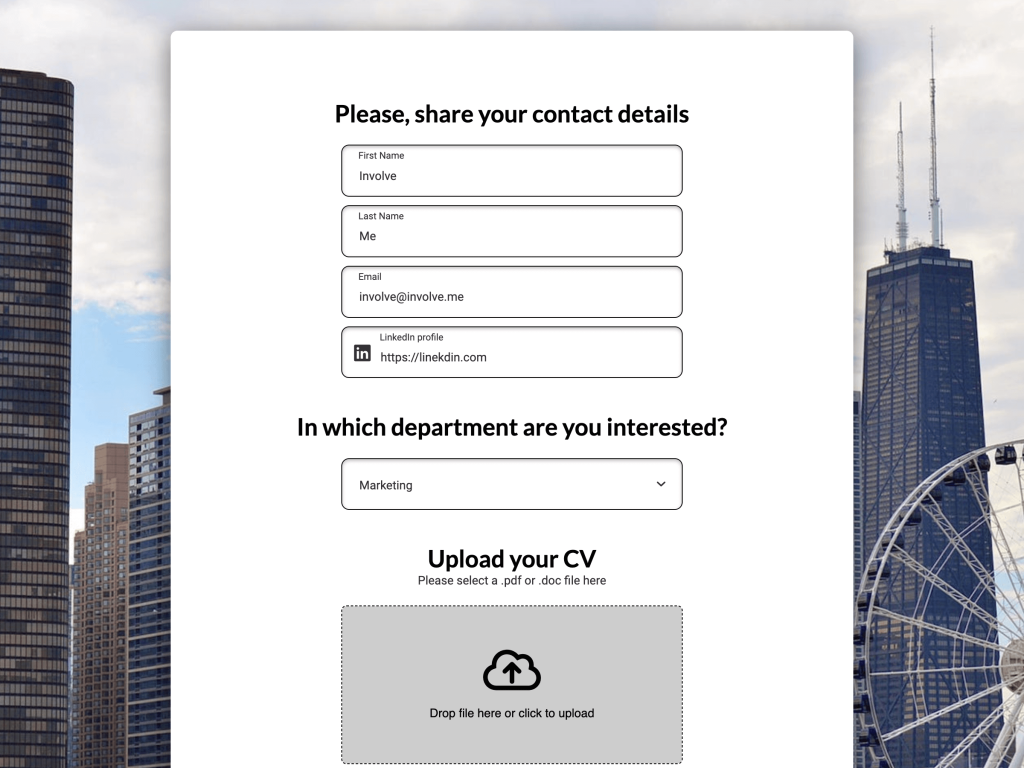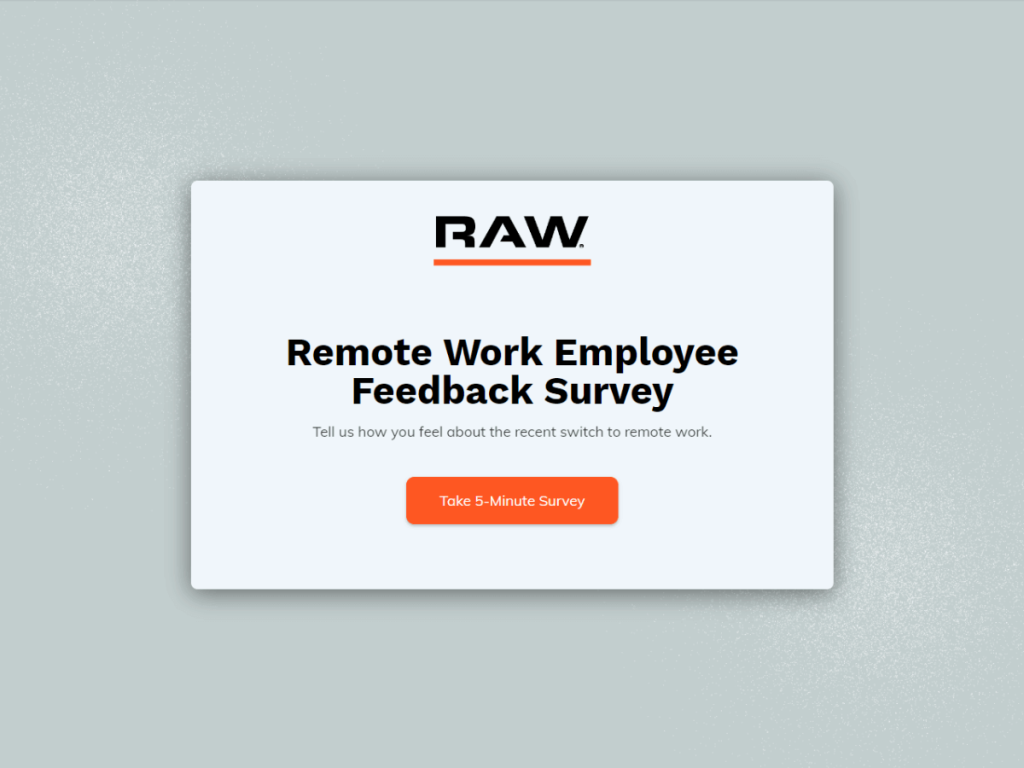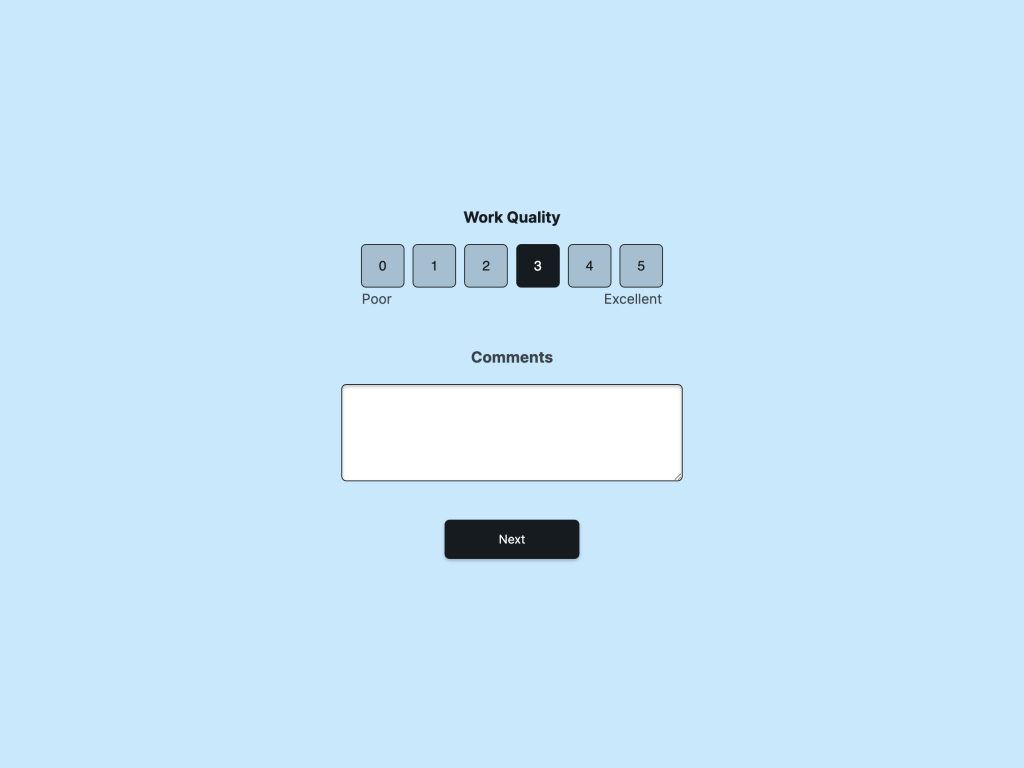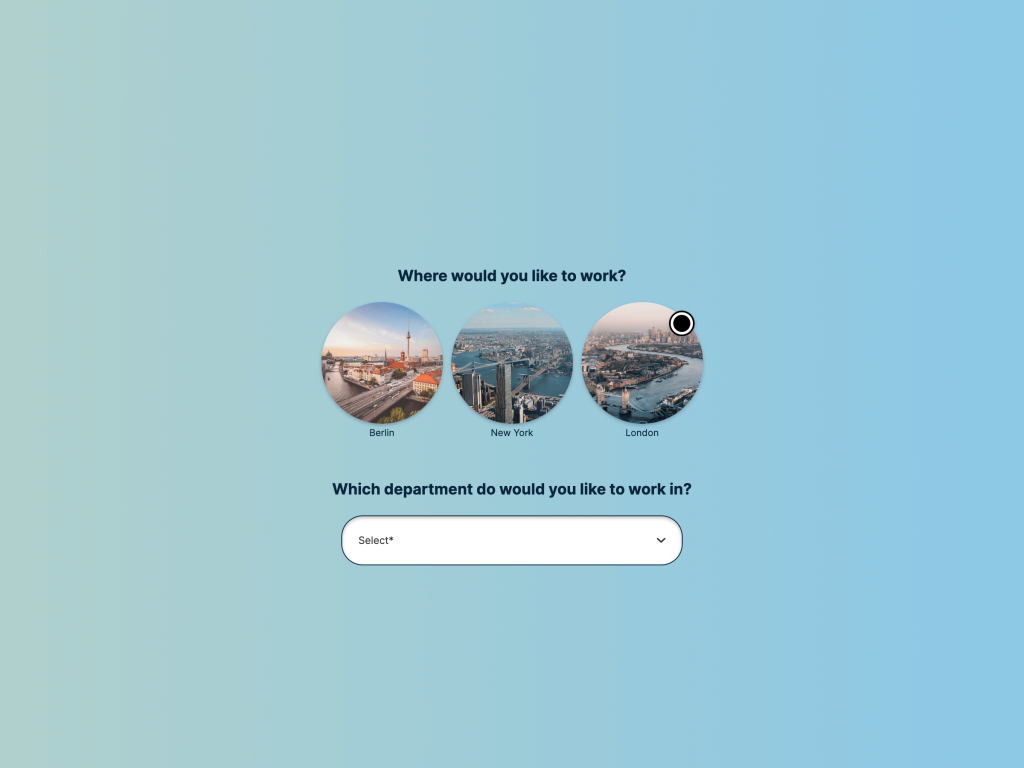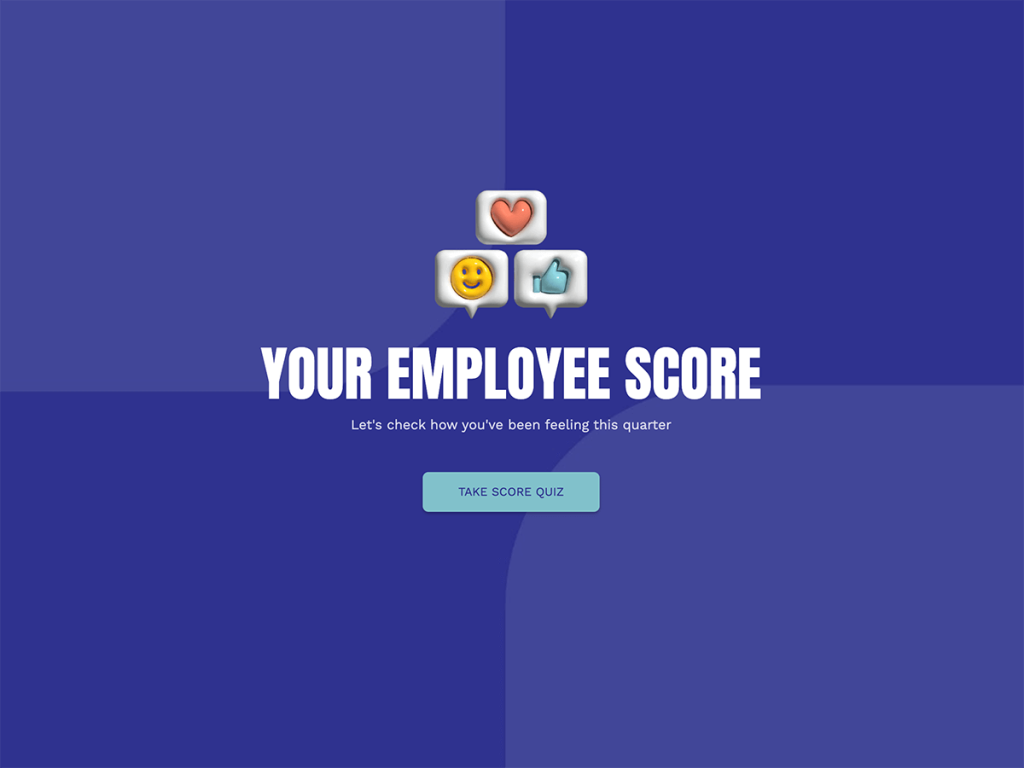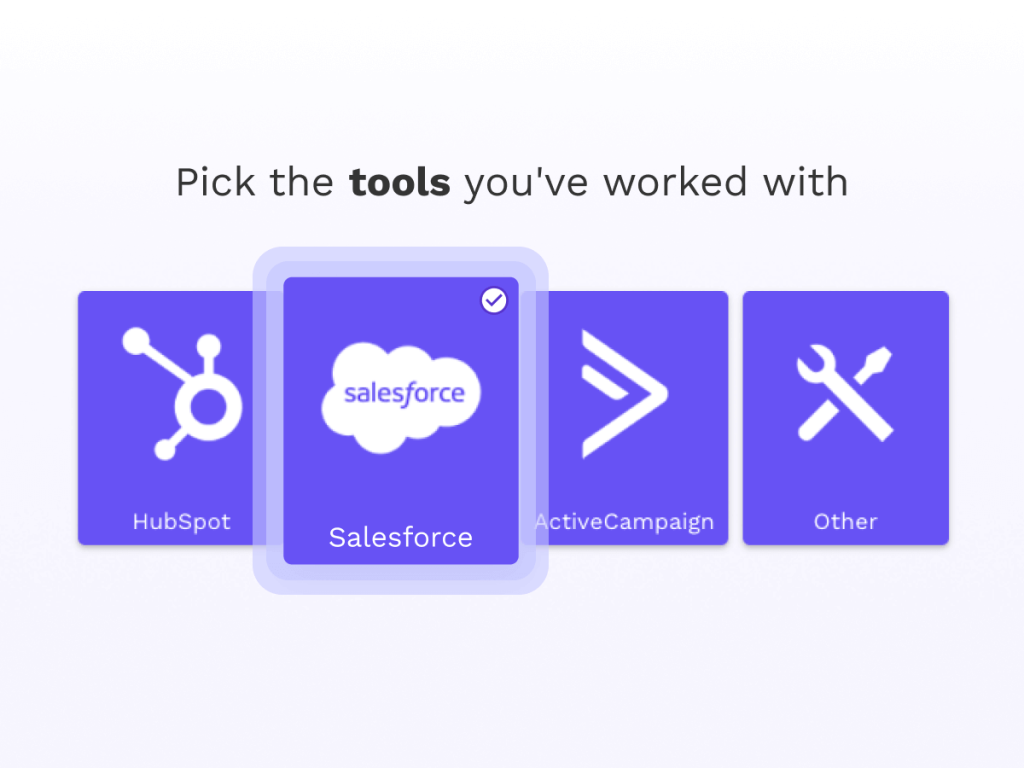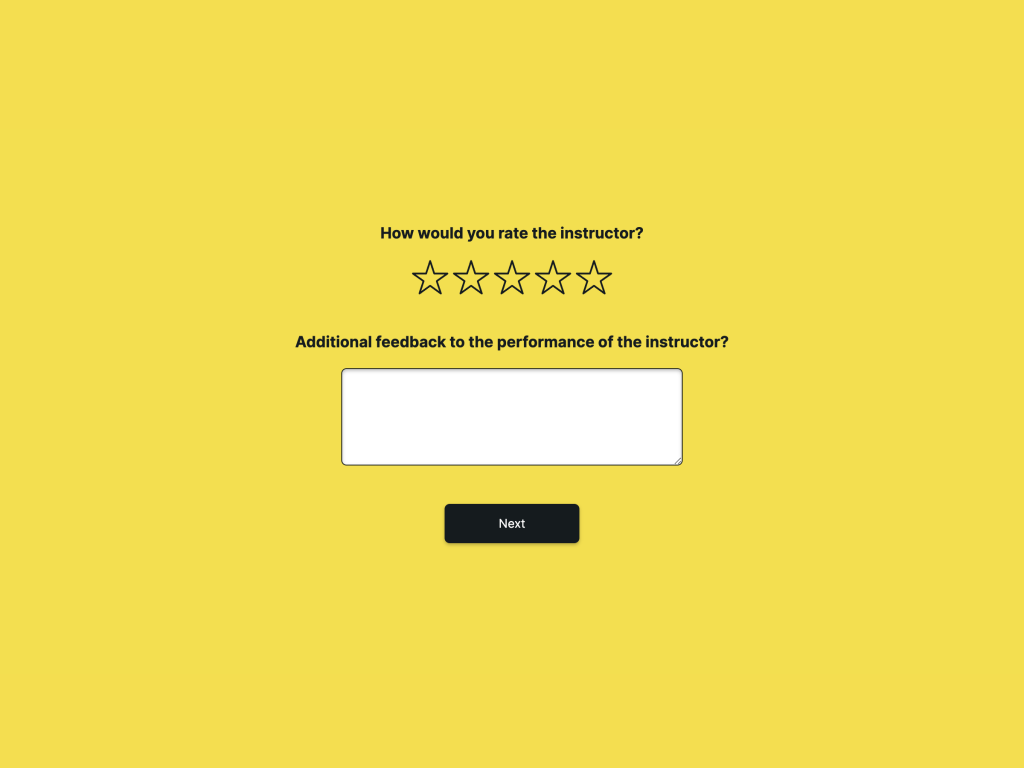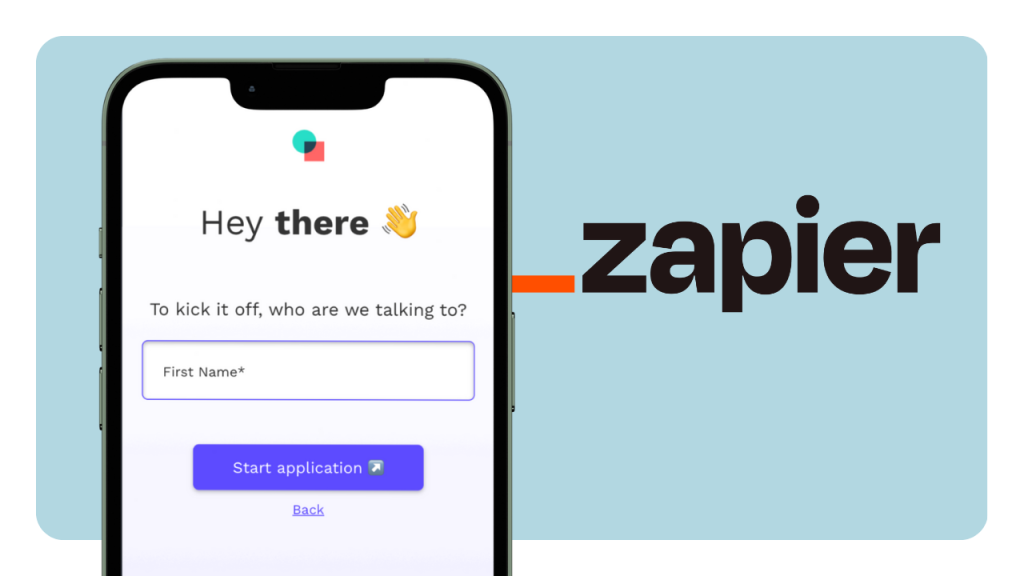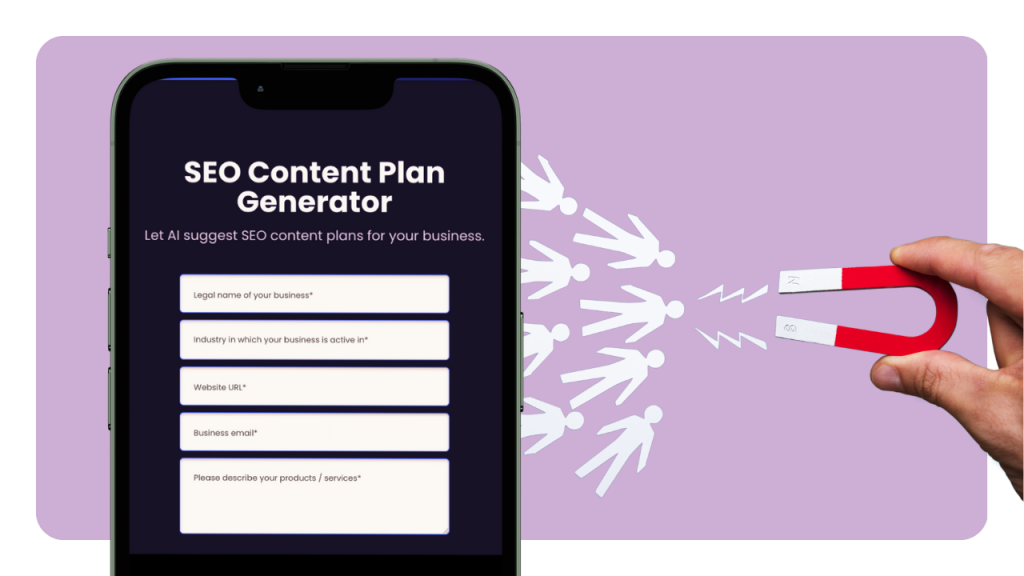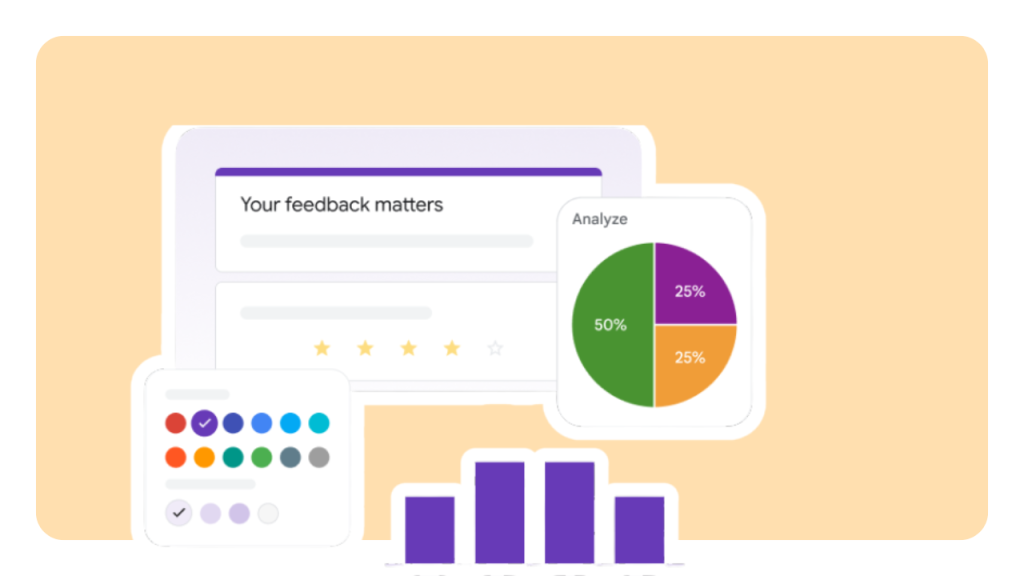A recent study by Flexjobs found that many employees feel trapped in jobs they don’t like, with 30% of employees feeling ready to quit their jobs at the next opportunity.
What's even more concerning for HR managers is that their most valuable employees will likely be at the front of this queue. Plus, the destination is, more often than not, your direct competitors—meaning underprepared companies are losing their top talents and not replacing them quickly enough.
However, every dark cloud has a silver lining, and the current job market also presents an opportunity for companies to re-evaluate their approach toward workplace management.

So, Why Are Workers Quitting Their Jobs?
Well, that's a tough question that doesn't have a single definitive answer. Often, employees leave due to a myriad of factors that build up over a long time until they no longer have the motivation to continue in their role.
When it comes to finding the right candidates for the job who will fit in with your company culture, utilizing effective recruiting tools is crucial to attract top talent and connect with qualified candidates.
With that said, employees generally leave their jobs due to the following five grievances:
Inadequate compensation: A report by ConsumerAffairs found that 47% of employees leave their jobs because they feel they are not being paid fairly or competitively for their skills and experience.
Lack of career growth: Similarly, limited opportunities for career advancement can cause employees to feel stagnant and undervalued.
Poor work-life balance: The desire for a better work-life balance is becoming increasingly important for employees, particularly those with families or other personal responsibilities. It is no surprise that 49% of employees who quit were upset with their lack of healthy work-life boundaries. (Flexjobs)
Unsupportive work environment: A lack of support or recognition from management can leave employees feeling demotivated and underappreciated. In fact, toxic company culture was the cause behind 62% of resignations. (Flexjobs)
More attractive opportunities elsewhere: Better offers from other companies can be a major factor in an employee's decision to leave—and this is becoming more frequent due to recruitment process automation. For instance, 42% of employees left due to being offered better employee benefits elsewhere. (ConsumerAffairs)
At the core of all this is a lack of job satisfaction—the opposite of everything listed above.
And how do you ensure greater job satisfaction?
In a nutshell, you must offer your employees a strong reason to stay (with the benefits they want). Your work environment must promote professional growth while recognizing and fairly rewarding employee contributions with special recognition awards.
Do this correctly, and you'll be well on the way to fostering a sense of purpose and belonging amongst your staff.
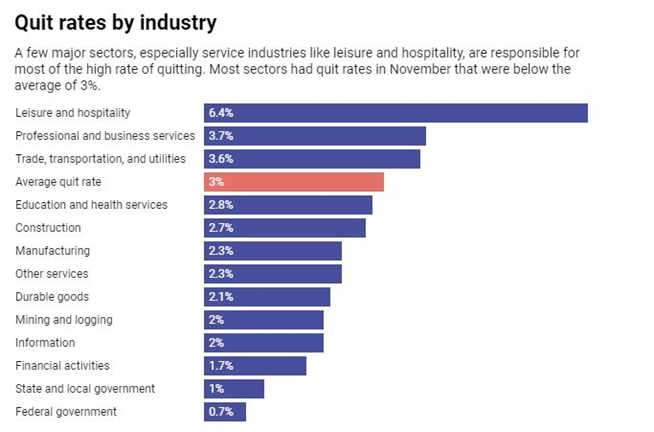
What Essential Employee Benefits Should You Offer?
Let’s start with the bread and butter of employee management—i.e., the basic criteria that every company’s HR department should be focusing on.
Competitive Salary
It might seem obvious, but your employees aren’t here just for fun; they’re here to earn a wage that can support their lifestyles and the needs of their families.
To start, your company should conduct market research to determine the average salaries for similar positions within your industry and geographic location. Make sure you provide your HR leaders with salary surveys, industry reports, and tools such as custom calculators, so they can make a fair and unbiased assessment.
Become a Modern HR Pro
Create your own calculators, forms, and surveys
Additionally, your hiring and pay policies should be made transparent to build a positive environment where everyone feels respected. Likewise, you should avoid offering different salaries based on age or gender—as 39% of resignations listed pay inequality as a reason for leaving. (ConsumerAffairs)
Professional Development Opportunities
Let's be real: nobody wants to feel stuck in their career.
Beyond being paid a decent wage, employees also want to feel that their hard work is getting them somewhere—such as earning a promotion, learning a new skill, or a workplace achievement.
As such, you should provide opportunities for employees to learn new skills or pursue advanced education, such as tuition reimbursement or onsite training.
Ultimately, offering these avenues for development will positively impact your company's culture—employees who feel invested in and supported will be more engaged, more productive, and less likely to jump ship.
Health and Wellness Benefits
We all know that work life is stressful at times—but employees shouldn’t have to choose between hard work and good health.
Fortunately, HR leaders are spoiled for choice with health and wellness benefits. Here are some that your company might want to consider offering:
Health insurance: It’s no secret that healthcare costs can be exorbitant, and lack of insurance can leave your employees with significant financial burdens. By offering a solid insurance plan, your team will feel more secure and valued.
Mental health services: Professional counseling can tackle the root causes of job dissatisfaction, such as stress or anxiety.
Healthy snacks and meals: Beyond encouraging balanced diets, communal eating areas can provide bond-building experiences for office team members and supervisors alike.
Wellness programs: On-site health screenings, fitness challenges, and gym memberships are all great ways of combating chronic disease and keeping your employees at the top of their game.
You should try to tailor these programs to your employees' individual needs and interests. For instance, you could offer several custom packages to choose from (and gauge support through a workplace survey).
Do this, and you will not only help your employees maintain good health and well-being, but it’ll show more than anything that you care about their overall happiness and job satisfaction.
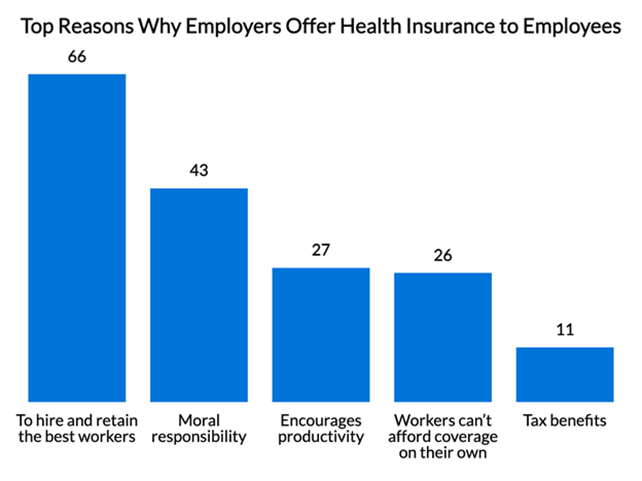
Other Innovative Ways to Enhance Employee Perks and Retention
As HR managers, it’s not all about human resources metrics and stats. It’s your responsibility to connect with the human element of your workforce.
Not only must you listen to your employee’s voices, but you must also empathize with their struggles during low points. It will no doubt be challenging as you grapple with what benefits packages you can reasonably offer based on your finances. And when things don’t go to plan, you’ll have to think outside the box to make sure everyone feels valued and supported. This is where Human Capital Management comes in.
If you’re feeling limited by offering your employees standard employee benefits, you may want to consider these creative solutions to retain top talent:
Flexible Work Arrangements
Many employers now allow their teams to work from home or have flexible schedules to promote work-life balance and accommodate different work styles. In some industries, like IT career fields, it can even be the norm.
For instance, a survey by Owl Labs in 2022 found that, globally, remote work has increased by 21% since 2021, and 62% of workers have a hybrid setup. Don’t ignore this trend—offer your team the freedom to choose where they work, or you’ll lose your top employees to companies that do embrace it.
Employee Recognition Programs
Everyone likes to feel valued—especially after they’ve put in a long shift at work.
Make sure to highlight your appreciation by offering rewards to your highest achievers. Not only does this increase job satisfaction and loyalty, but it will also instill a friendly competitive nature amongst your team. You can set these targets and make them easy to access via an Employee Self-Service or ESS portal. This can help increase employee engagement and help them feel like they have input into the HR process.
Paid Volunteer Time
You should also offer paid time off for employees to volunteer in their communities or for causes they care about. This will demonstrate to team members that you care about social responsibility, thus improving team morale as well as boosting your brand.
Improved Communication
Considering the current trend of remote work, it's essential for companies to provide their employees with the right tools to communicate and stay connected with their colleagues and superiors. One way to do this is by using an employee app. An employee app can facilitate easy and instant communication between employees, and also help managers stay informed about their employees' concerns and goals.
Texting works as an employee communication platform that can be integrated into your Human Capital Management (HCM) strategy to improve talent retention, employee sentiment, and career development. by facilitating more frequent and convenient communication between employees and their managers or HR representatives.
Texting allows for quick and informal exchanges that can help employees feel more connected to their workplace and colleagues, and can help managers stay up to date on employees' goals, concerns, and progress.
Creative Workspaces
This one might seem like a curveball, but working in a unique space increases creativity and productivity. Offer your employees the opportunity to decorate their office spaces, or go one step further and adopt outdoor meeting areas or in-office art installations. Some places even allow pets in the workspace, creating a more relaxed environment (albeit as long as no one is allergic!)

Mentorship Programs
Mentorship aims to connect employees with senior leaders to guide and support their career development. These programs benefit both parties—developing leadership skills for the teacher and helping newcomers grow their skillset faster.
Commuter Benefits
Many workplaces offer transit subsidies for employees who use public transport to work.
You don’t have to spend crazy money—why not host a quiz to inform your team about methods for reducing commuting stress and cutting costs? This can include cycle-to-work schemes or organizing a carpool.
Generous Parental Leave Policies
Manage a company for long enough, and sooner or later, one of your employees will welcome new life into this world. Obviously, this means a break to focus on parenting, which in some working arrangements can mean salary termination.
Your business can stand out from competitors by providing extended parental leave for new parents (including adoptive and same-sex parents) to support their work-life balance and promote inclusivity.
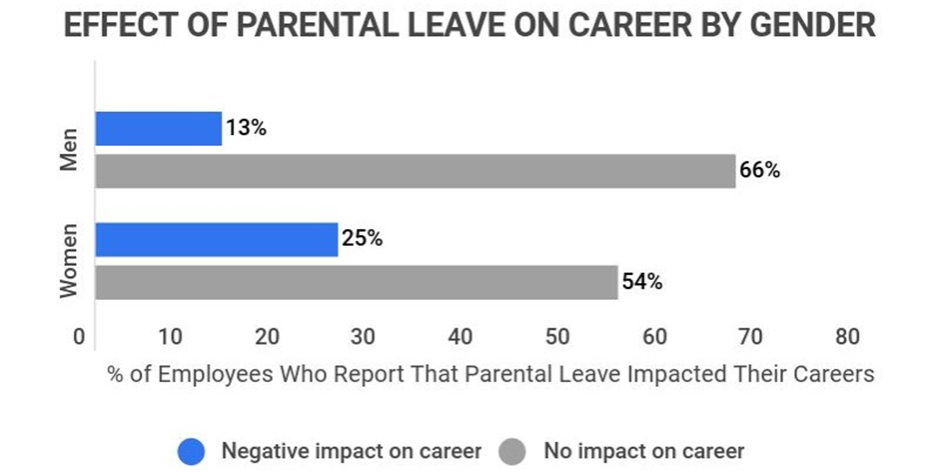
A Holistic Approach
Many companies are moving toward a more holistic approach to HR—a concept called Human Capital Management (HCM). HCM combines traditional HR processes like payroll and benefits with broad strategies dealing with talent retention, employee sentiment, and career development. If you're looking for a way to streamline your HR processes, consider using a free invoice generator to handle payroll and benefits.
You can learn more in this Paylocity guide to HCM, but at its core, HCM is all about attracting and retaining top talent. And the best way to do that is with essential employee benefits.
Employee Benefits: A Win-Win Situation
To conclude, offering generous benefits is a win-win situation for both the employee and the employer.
As a manager, retaining top talent will save your company precious time and resources by reducing the need for frequent recruitment and training. Plus, you’ll be able to build a highly skilled and experienced team that achieves long-term success and outshines your competitors’ HR metrics.
Make a smart business decision by implementing these essential employee benefits today!
